Azure Active Directory (AAD) is a cornerstone for modern identity management, offering robust SCIM provisioning applications to streamline workflows. One powerful example is the AAD Workday Writeback, which bridges AAD to Workday integration by synchronizing employee data—such as business email and telephone information—during onboarding.
While the official provisioning tutorial is a great starting point, there are several practical nuances that are often overlooked. This post serves as a deeper dive into Workday provisioning using the AAD Workday Writeback, focusing on common challenges like telephone number formatting, ISO country codes, and advanced field mappings.
1. What Will You Join On?
The first step in Active Directory synchronization with Workday is deciding how to join records between the two systems. We use the Azure AD EmployeeID field, populated with the Workday Worker ID.
This approach simplifies the synchronization process, as the EmployeeID provides a reliable, unique identifier for matching records. By setting the matching precedence to 1, you ensure that employee data flows seamlessly during onboarding and updates.
2. Cleaning Up Landline Numbers
Workday requires landline numbers to be split into two distinct fields: one for the country dialing code and another for the phone number. This necessitates telephone number formatting to ensure consistency, such as:
- Correct Format:
+1 212 555 2555 - Incorrect Format:
+12125552555
Your onboarding runbook should document the formatting process thoroughly. To audit and clean up landline numbers in bulk, you can use this simple PowerShell for Azure AD script:
get-azureaduser -all $true | where UserType -eq 'Member' `
| select UserPrincipalName, TelephoneNumber | `
Export-Csv Users_tel.csv -NoTypeInformation
This exports all users and their phone numbers to a CSV file, making it easier to identify and correct inconsistencies.
3. Mapping to LandlineCountryCodeName
The default tutorial assumes all employees are based in the US, but international organizations need a more dynamic approach. Use a country code mapping function to handle multiple regions. For example:
Switch(
Replace([telephoneNumber], , "\\+(?<isdCode>\\d+) ", , "${isdCode}", , ), ,
"1", "USA",
"44", "GBR",
"353", "IRL",
"65", "SGP",
"352", "LUX"
)
This mapping phone numbers logic converts the country dialing code to an ISO country code, ensuring compatibility with Workday’s requirements. If your organization spans many countries, you may need to expand the mapping further or rely on address data stored in Azure Active Directory for accuracy.
4. Mapping Remaining Fields
For effective Workday provisioning, you’ll need to define mappings for additional fields. Here are some expressions we use for Workday landline fields:
WorkphoneLandlineCountryCodeNumber
Replace([telephoneNumber], , "\\+(?<isdCode>\\d*)[\\d ]*", , "${isdCode}", , )WorkphoneLandlineisPrimary
trueWorkphoneLandlineNumber
Replace(Replace([telephoneNumber], , "\\+\\d* (?<phoneNumber>[\\d ]*)", , "${phoneNumber}", , ), , "[\\s)(\\-]+", , "", , )
The last expression performs a double replace to strip punctuation and whitespace from the phone number.
Pro Tip: When working with the Replace function in Workday, avoid using empty strings ("") unnecessarily. Missing parameters work better and help you avoid obscure errors during field mapping.
Automating Employee Onboarding
Effective employee onboarding automation depends on accurate data synchronization between Azure Active Directory and Workday. By leveraging tools like AAD Workday Writeback and following best practices for telephone number formatting, country code mapping, and field mappings, you can ensure a smoother provisioning process.
Final Thoughts
The AAD Workday Writeback provisioner is an essential tool for AAD to Workday integration, enabling automated workflows for business email, phone numbers, and other employee data. While the default provisioning tutorial offers a foundation, this guide equips you with additional insights to handle international nuances, streamline field mappings, and avoid common errors.
By documenting these processes in your onboarding runbook and leveraging scripts like PowerShell for Azure AD, you’ll save time, reduce manual errors, and enable seamless synchronization between your systems.



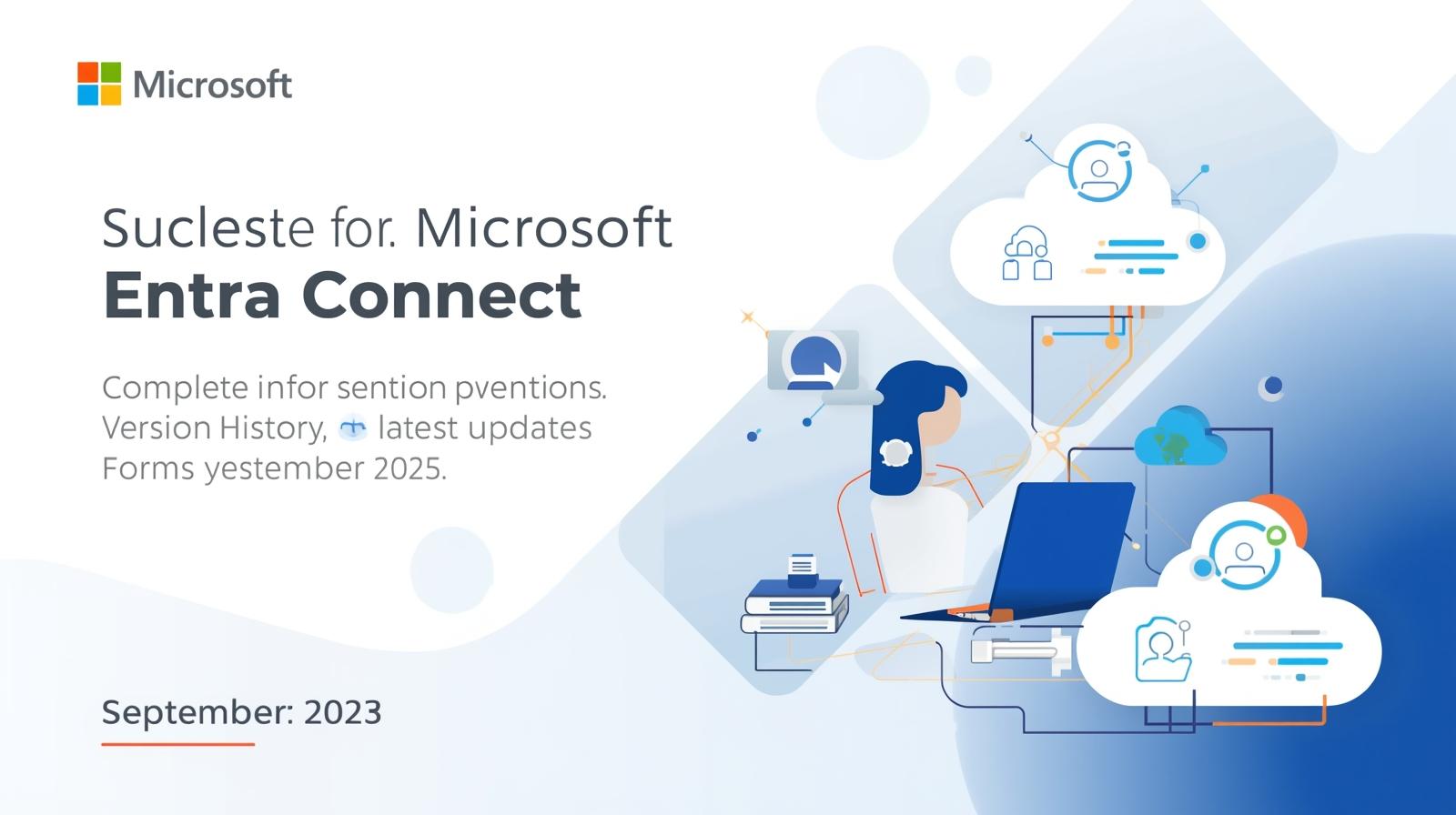
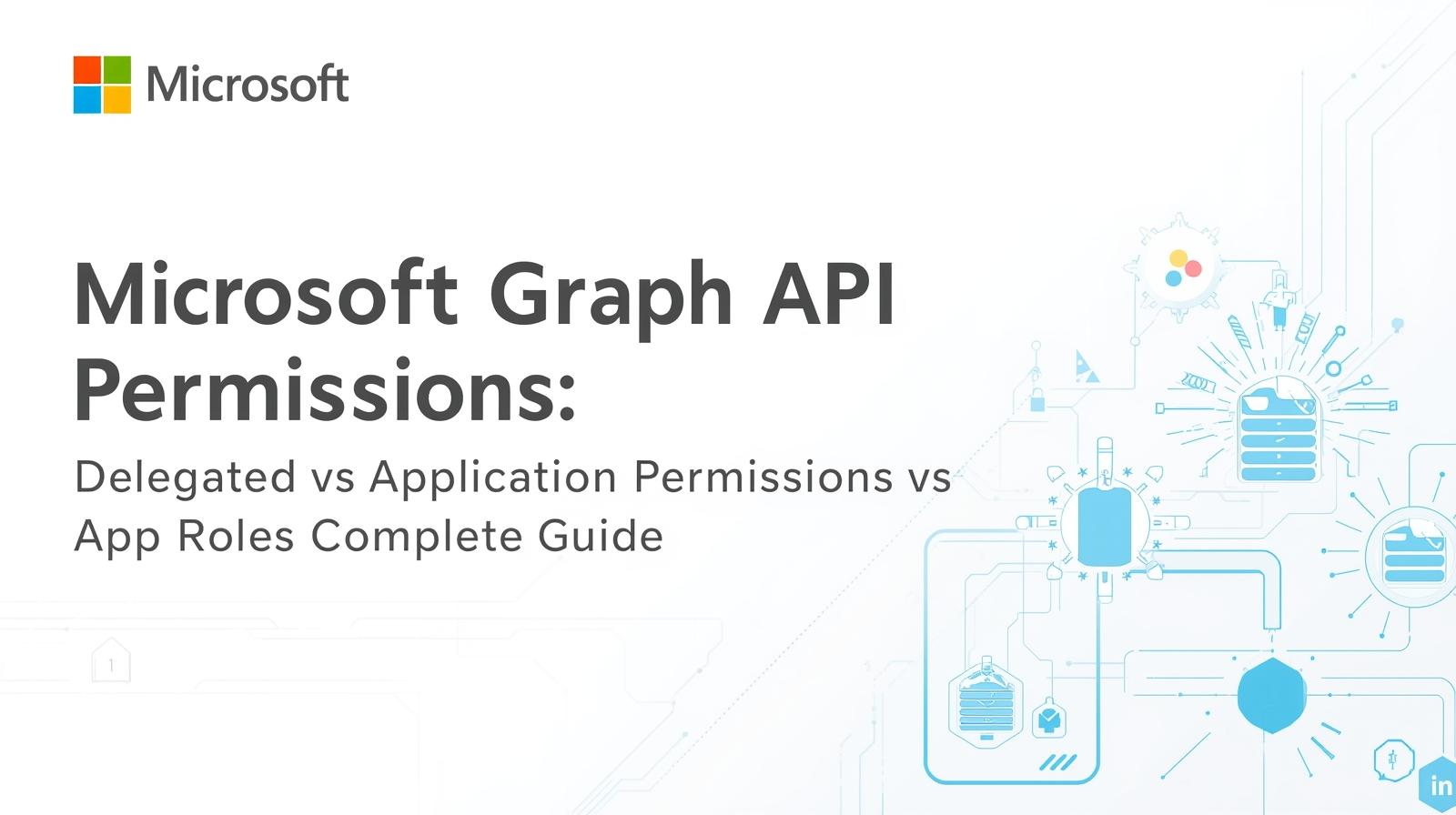
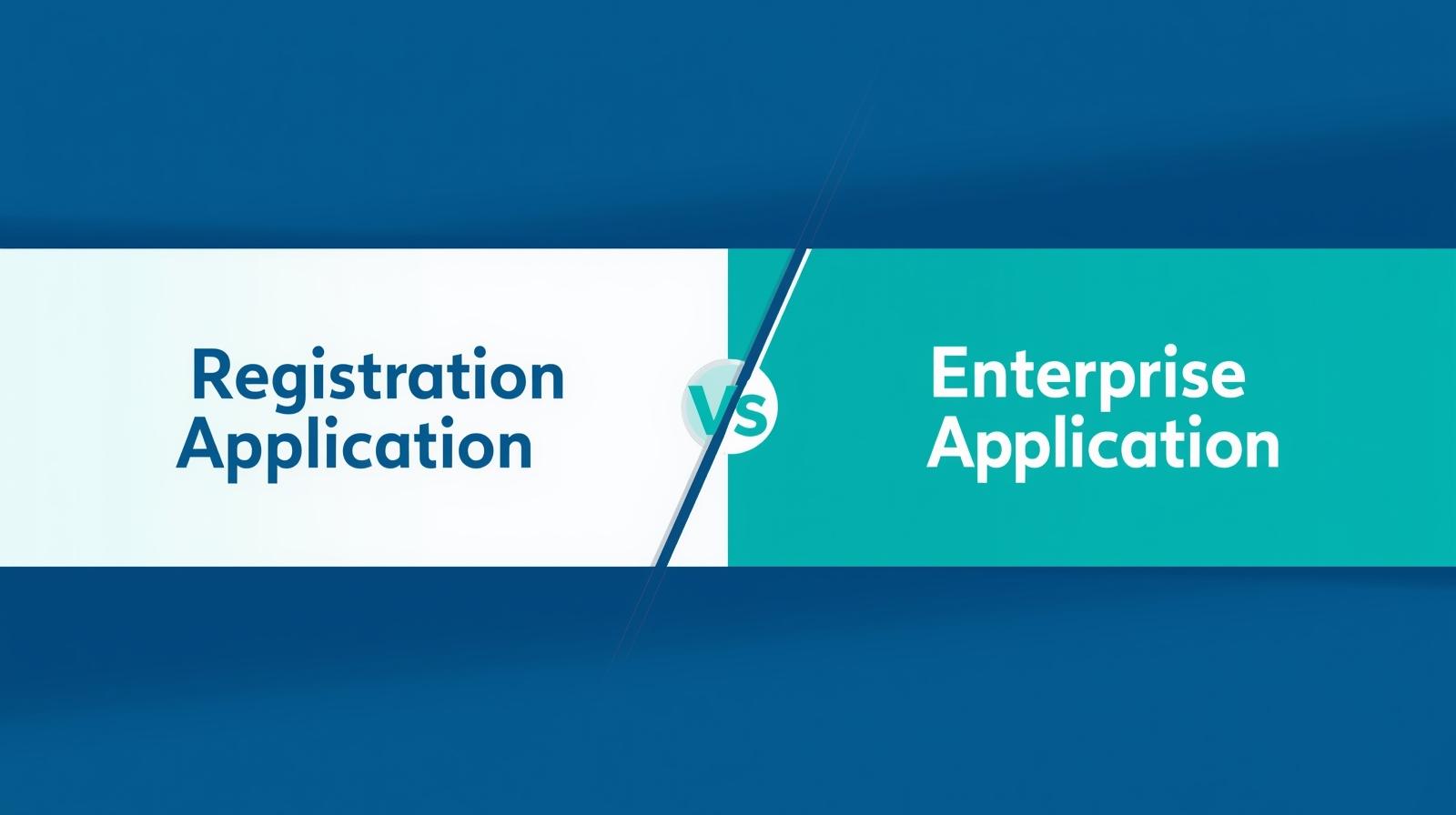
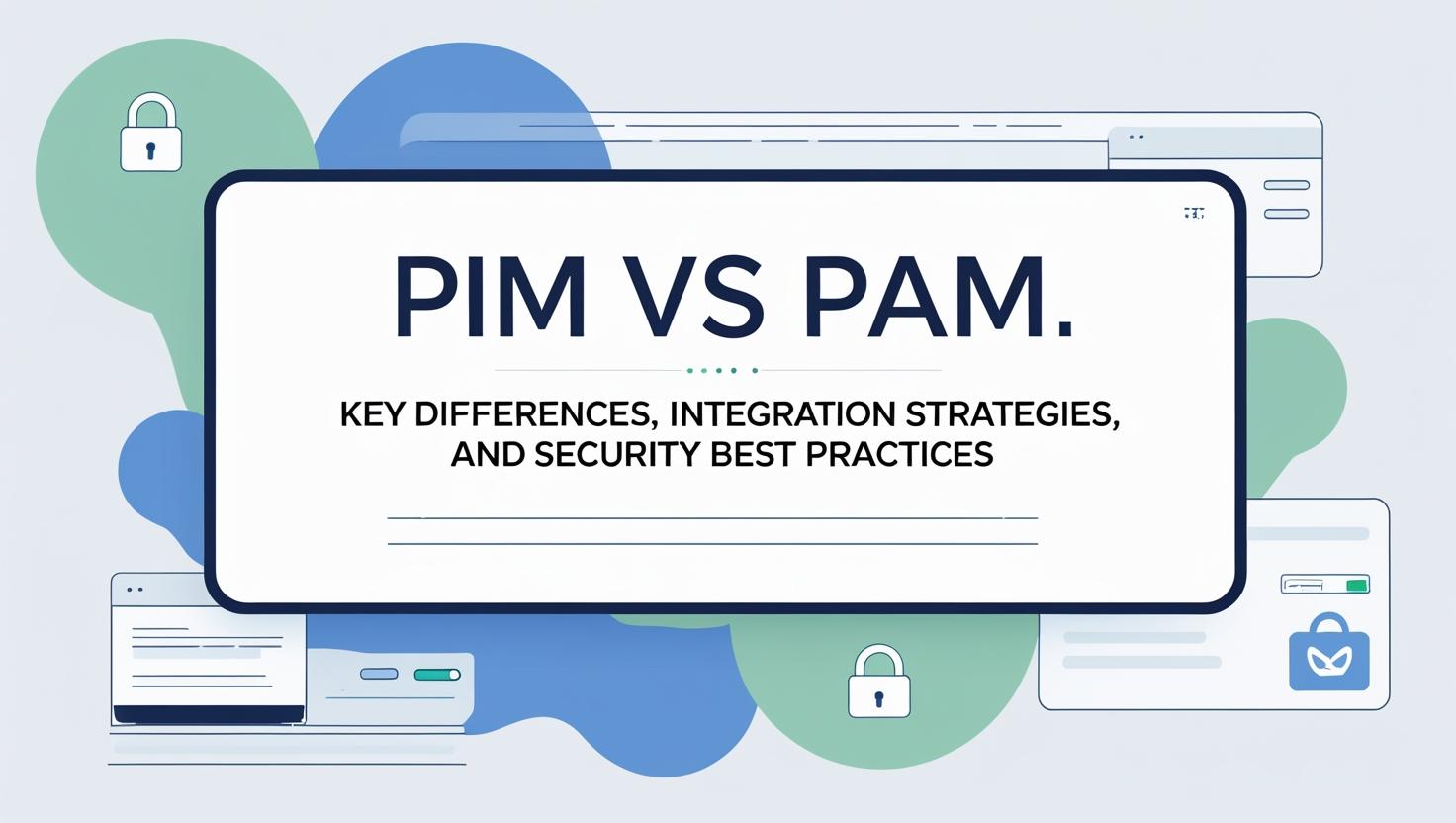
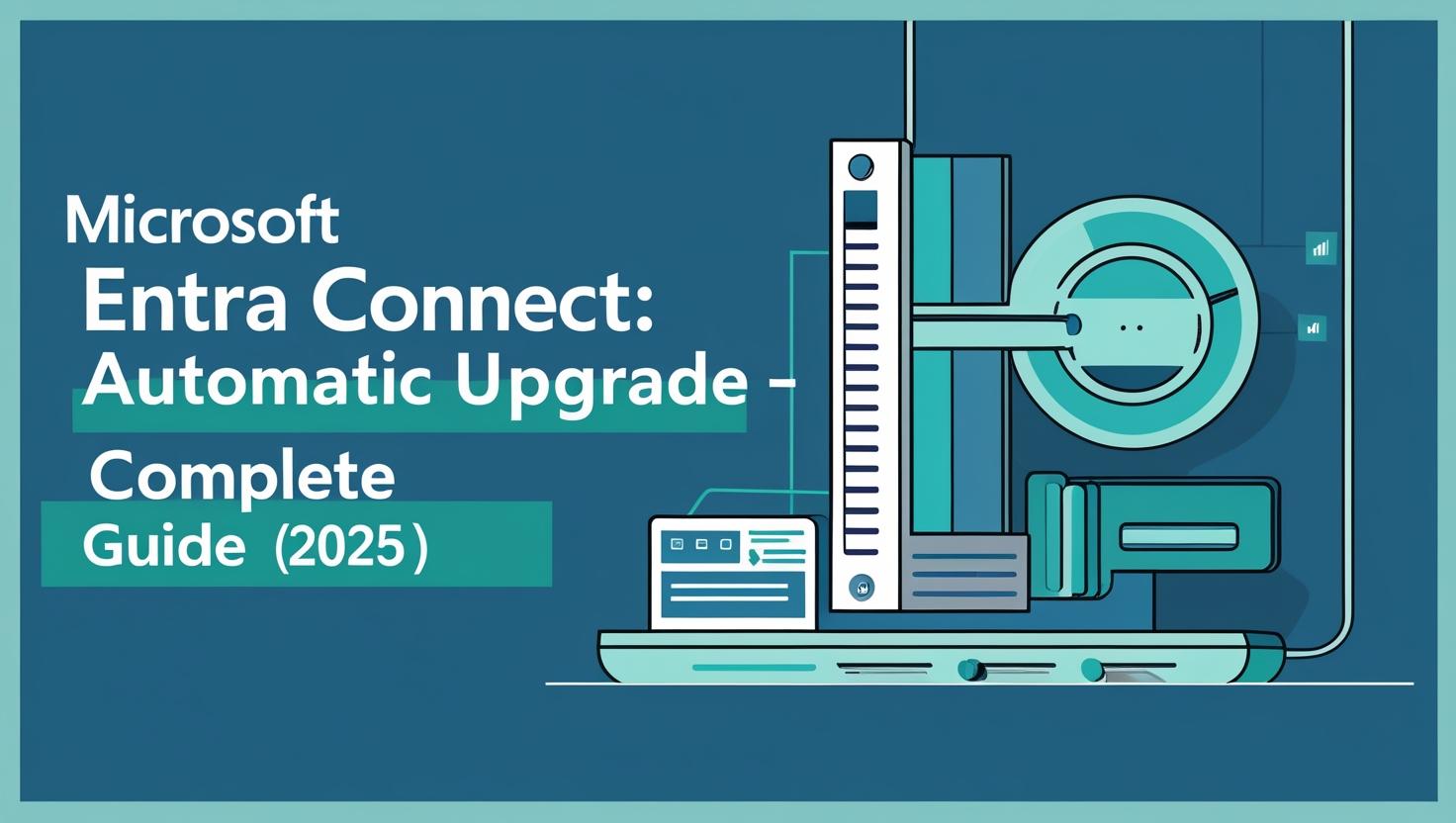
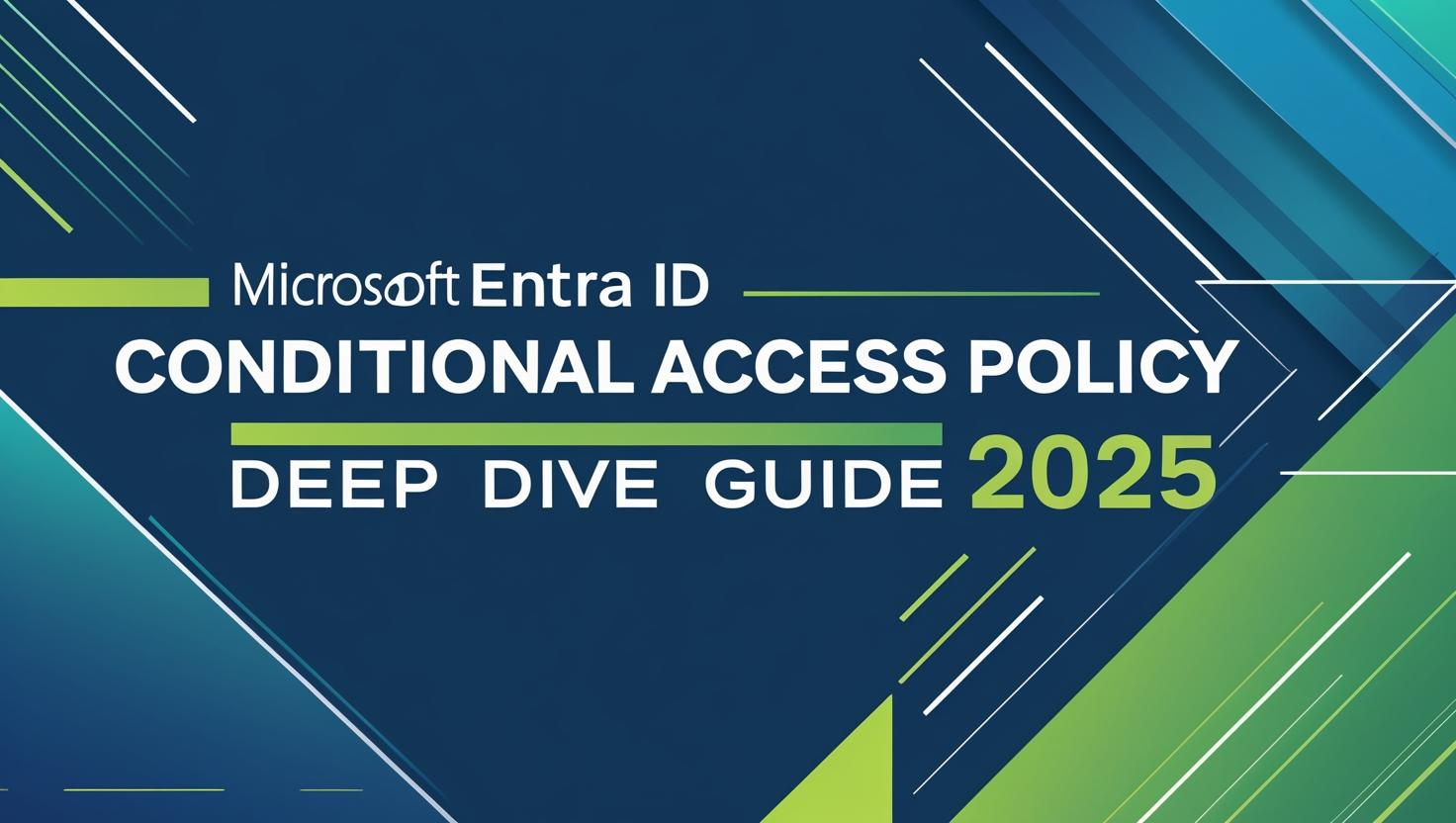




Leave a Reply